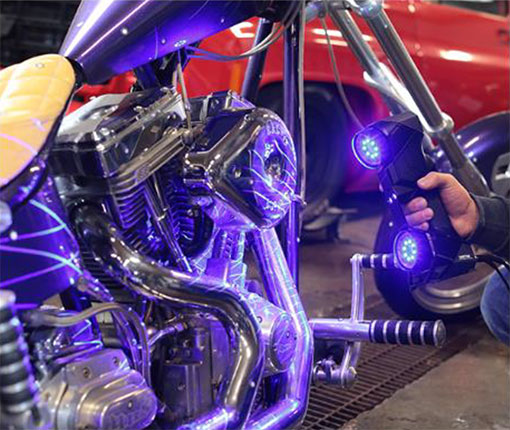 Reverse engineering is a process that involves analyzing and recreating an existing object or component by capturing its digital data. With the advent of advanced 3D scanning technology, this process has become more efficient and accurate than ever before. In this blog post, we will explore the four essential steps involved in reverse engineering using 3D scanning technology, allowing businesses to leverage this innovative approach for various applications.
Reverse engineering is a process that involves analyzing and recreating an existing object or component by capturing its digital data. With the advent of advanced 3D scanning technology, this process has become more efficient and accurate than ever before. In this blog post, we will explore the four essential steps involved in reverse engineering using 3D scanning technology, allowing businesses to leverage this innovative approach for various applications.
Planning and Preparation
Before diving into the reverse engineering process, it’s crucial to establish clear objectives and define the scope of the project. Determine the purpose of the reverse-engineered model and identify the specific features and measurements that need to be captured. Select the appropriate 3D scanning technology and software based on the complexity and size of the object.
Data Acquisition through 3D Scanning
The next step involves capturing the physical object’s geometry and appearance using a 3D scanning device. Depending on the object’s size and complexity, different types of 3D scanners, such as laser scanners or structured light scanners, may be utilized. The scanner emits beams or patterns onto the object’s surface, capturing millions of data points and creating a point cloud, which represents the object’s 3D geometry.
Data Processing and Conversion
Once the 3D scan data is acquired, it needs to be processed and converted into a usable digital format. This step involves several tasks, including point cloud processing, surface reconstruction, and mesh generation. Specialized software is used to refine the scanned data, remove noise or artifacts, and create a digital representation of the object with a detailed surface mesh.
CAD Modeling and Analysis
With the digital model created from the scanned data, the next step is to utilize Scan to CAD Reverse Engineering software to convert the surface mesh into a fully editable CAD model. The CAD model allows engineers and designers to refine, modify, or optimize the object’s design, perform analysis, and make adjustments as needed. This step may involve using specialized tools to ensure accuracy and compatibility with existing design systems.
Whether it’s product redesign, quality control, or legacy part reproduction, reverse engineering opens up new possibilities for innovation and optimization. Embrace the potential of 3D scanning and unlock a world of opportunities in your reverse engineering projects.
Still, have a doubt or question about Reverse Engineering, talk to us at V3D Technologies.
